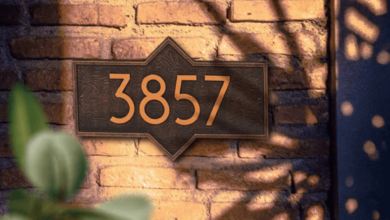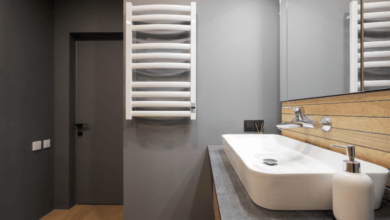The Evolution of Automated Floor Care: Insights into Modern Robot Mops

Advancements in Hybrid Cleaning Technology
Modern floor care devices now combine vacuuming and mopping capabilities in single units. These hybrids use interchangeable components to handle diverse debris types. Advanced models automatically switch modes when transitioning between surfaces.
Water tank integration allows continuous mopping without manual intervention. Some systems employ dual rotating pads for scrubbing action. Others use vibration technology to dislodge stubborn stains. These innovations reduce the need for multiple cleaning tools.
Core Features Defining Modern Robot Mops
Mopping Mechanisms and Water Management
Effective models utilize precision spray systems to target sticky residues. Adjustable water flow settings prevent over-saturation on delicate surfaces. Self-refilling reservoirs in docking stations extend cleaning sessions.
Suction Power and Debris Collection
High-efficiency filters capture microscopic particles during vacuum cycles. Brushless motors provide strong suction while minimizing noise. Self-emptying bases store waste for weeks, reducing maintenance frequency.
See also: How Best Residential Architects in Sydney Can Help Nail Energy Efficiency
Performance Evaluation: Balancing Vacuuming and Mopping
Independent testing reveals performance gaps between dual-function models. Most devices excel in one area while delivering average results in the other. Hybrids with retractable mop pads demonstrate better carpet protection during vacuum cycles.
Lab assessments show significant variance in stain removal effectiveness. Units with pressurized water jets outperform basic damp-wiping models. However, dried-on substances still require multiple passes for complete elimination.
Navigation Systems and Intelligent Mapping
LIDAR technology enables precise room mapping and efficient pathfinding. Advanced obstacle detection avoids entanglement with cords and small objects. Cameras with AI recognition distinguish between shoes, pet waste, and other hazards.
Multi-floor mapping capabilities allow customized cleaning schedules. Virtual boundary features prevent unwanted incursions into restricted areas. Real-time progress tracking through mobile apps enhances user control.
Maintenance Realities: What Owners Should Expect
All automated cleaners require regular component cleaning. Mop pads need frequent washing to prevent bacterial growth. Brush rolls demand weekly hair removal to maintain efficiency.
Docking stations with self-cleaning functions reduce manual labor. Water tanks require monthly descaling in hard water areas. Filter replacement cycles vary based on usage intensity and environmental factors. Recent innovations like automated mop pad washing systems are transforming maintenance routines. For those seeking advanced implementations, robot mops with integrated water recycling represent the next frontier.
Laboratory Testing Methodologies and Results
Standardized Debris Removal Tests
Controlled experiments measure performance across four categories:
- Fine particles (flour, coffee grounds)
- Large debris (cereal, pet food)
- Liquid spills (milk, juice)
- Viscous substances (syrup, dried sauces)
Battery Efficiency Assessments
Testing protocols evaluate:
- Runtime per charge
- Recharge speed
- Coverage area per cycle
- Automatic resume functionality after charging
Key Considerations for Prospective Buyers
Floor Type Compatibility
Tile and vinyl surfaces benefit most from wet mopping functions. Low-pile carpet owners should prioritize vacuuming performance. Models with adjustable pad pressure prevent hardwood damage.
Smart Home Integration
Voice command compatibility enhances accessibility. App-controlled scheduling suits irregular lifestyles. Units with firmware updates ensure long-term relevance.
Emerging Innovations in Robotic Floor Maintenance
Next-generation prototypes feature:
- UV sterilization during mopping cycles
- Chemical-free electrolyzed water systems
- Room-specific cleaning solution dispensing
- Automatic threshold climbing up to 20mm
Developers are addressing persistent challenges like edge cleaning and rug fringing. Experimental models demonstrate improved liquid spill containment. The industry continues prioritizing user safety through enhanced obstacle recognition algorithms.
As technology progresses, expect tighter integration with smart home ecosystems. Future devices may predict cleaning needs using occupancy sensors. Energy efficiency improvements could enable smaller batteries without runtime compromises.




